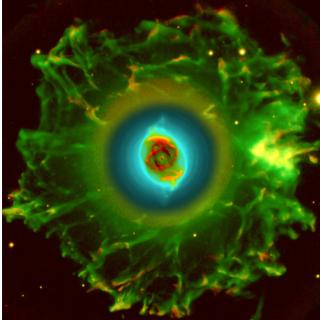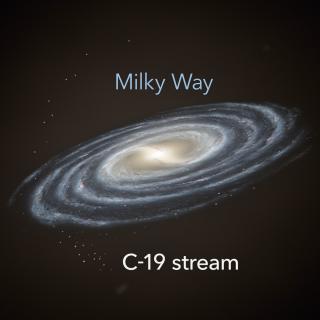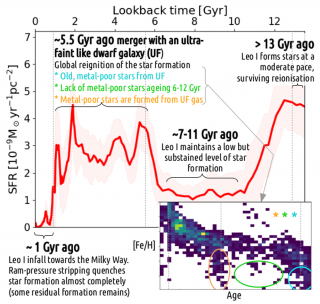
A recent study led by researchers at the Instituto de Astrofísica de Canarias (IAC) has resolved an old debate about the progenitor stars of the brightest planetary nebulae. The first author of this article, which has just been published in the journal Astronomy & Astrophysics, is Rebeca Galera Rosillo, a doctoral student at the IAC who passed away in 2020 when she was finishing this work for her doctoral thesis. The first and most important datum needed to grasp the nature of the universe is to know its size, to measure the distance to the galaxies. Just as in the Renaissance people began
Advertised on
![MUSE view of PN M 1-42 Left panel: spatial distribution of the auroral [N II] λ5755 emission line in the PN M 1-42 prior to applying the recombination contribution. Middle panel: spatial distribution of the N II λ5679 recombination line. Right panel: same as left panel after applying the recombination contribution correction.](/sites/default/files/styles/crop_square_2_2_to_320px/public/images/media/image/figura.jpg?h=87b882e3&itok=_BiZgjuV)



